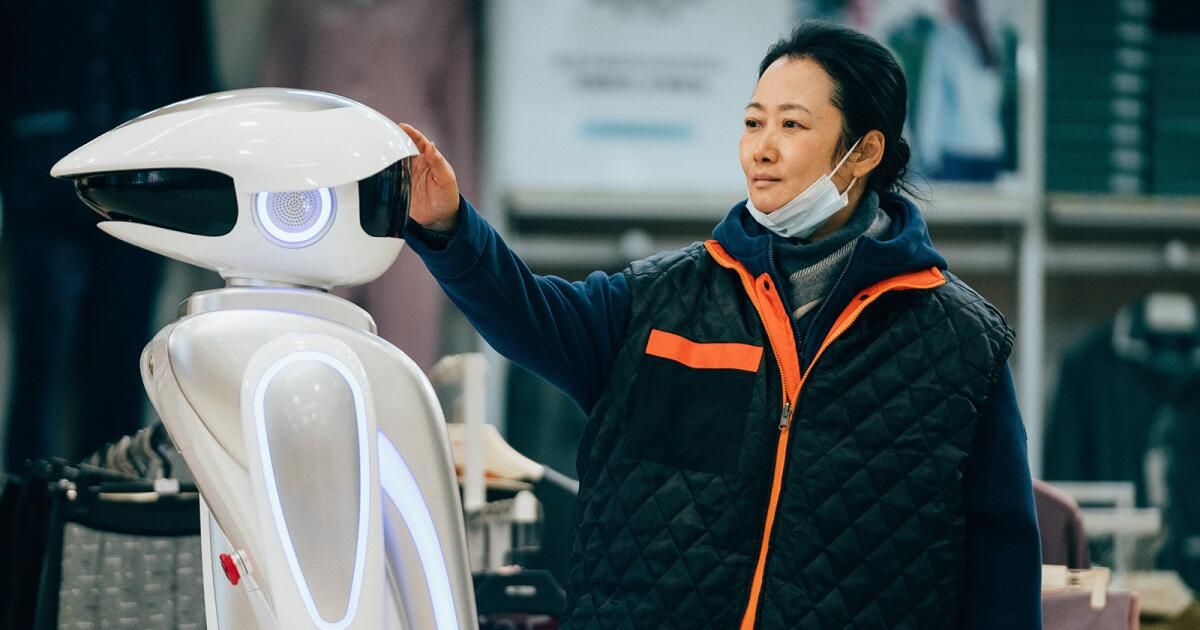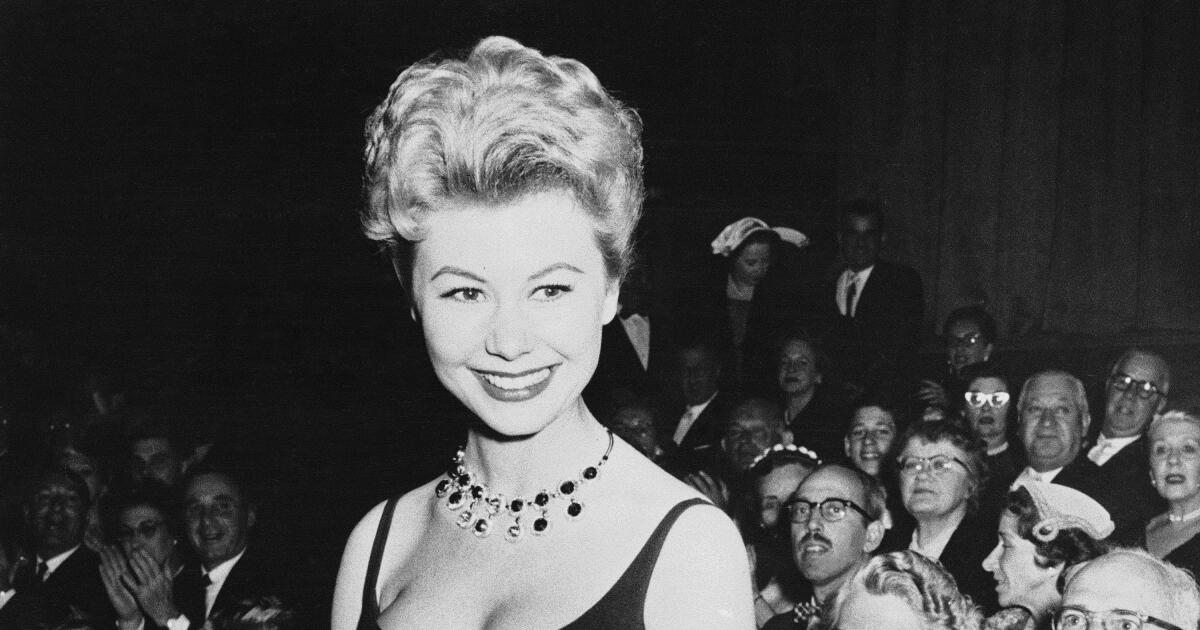The offices of northern China, Jia Zhangke films constitute their own cinematographic universe. Repeating repeatedly to the issues of globalization and alienation, the 55 -year -old director has meticulously related the restless fall of his country in the 21st century as unbridled industrialization runs the risk of cushioning those who are left behind.
But his last drama, “Catting by the tides”, which opens at Frida today, presents a bold and reflective remix of his concerns. Based on almost 25 years of images, including images of his most acclaimed films, Jia has created a new moving history with an assistance of old stories fragments. He has always been interested in how the weight of time leads his characters, now his actors age in front of our eyes.
When “caught by the tides” he premiered at the Cannes Film Festival last year, critics leaned on a practical comparison, although something inaccurate, to describe Jia's achievement: “Boyhood”, who followed a young actor in the course of 12 years, a new segment of the image filmed annually. But Richard Linklater planned his Opus Magnum. Jia, on the other hand, approached his film more accidentally, using the closure of the pandemic as an excuse to visit his own files again.
“I was surprised that the images did not have a linear pattern, of cause and effect,” Jia explained in a director's statement. “On the other hand, there was a more complex relationship, not very different from something of quantum physics, in which the direction of life is influenced and finally determined by variable factors that are difficult to identify.”
The result is a story in three chapters, each building subtly emotionally since the last one. In the first, it is 2001, since Qiaoqiao (Zhao Tao) lives in Datong, where he goes out with bin (LI Zhubin). At first, Qiaoqiao sings happily with friends, but it will be the last time we hear his voice. It is a testimony to Zhao's dazzling performance that many spectators may not notice their silence. He is so present even without speaking, his eyes alerts in everything, his discrete reactions that express a lot.
Young and with all her life ahead of her, qiaoqiao yearns to be a singer, but her future is cut by Bin's text that announces that better financial opportunities will be sought in other places. He promises to send a word once it has been established, but we suspect that she will never see this intriguing and insensitive scheme. Not long after, bin ghost qiaoqiao, which leads her to travel after him.
“Trapped by the tides” richly reward the spectators familiar with the filmography of JIA with scenes and shots of their previous films. Zhao, who in real life married Jia more than a decade ago, has been the highlight of his films that begin with his advance of 2000 “platform”, and so when we see Qiaoqiao at the beginning of “trapped by the Tides”, we are actually seeing images filmed at that time. (The 2002 Jia drama “Unknown Placeres” starred Zhao as a bud singer called Qiaoqiao. Li also appeared in “unknown pleasurities”, as well as the photos of Jia later).
But the uninitiated should not feel intimidated to begin their dive of Jia here. Those new in their work will easily discern the oldest images of the film, some captured in granulated DV cameras, while the newest material has the elegant panoramic screen compositions that have become their specialty. “Trapped by the tides” serves as a practical manual in the fascination of JIA with the political, cultural and economic evolution of China, amplifying those reliable issues with the benefit of working on a larger canvas of a quarter of a century.
Even so, for when Qiaoqiao crosses the Yangtze river near the Three Gorges dam, a controversial construction project that impunitys the small local cities and provided the backdrop of the Jia 2006 film “Still Life”, the director's fans can feel a bittersweet sensation of Déjà vu. We have been here before, remembered their previous characters who fought similarly to find love and purpose.
The second chapter of the film, which takes place during 2006, highlights the romantic despair of Qiaoqiao and, separately, the growing despair of Bin for making a name. (This is not Jia's first drama in which the characters venture into criminal activity). By the time we reach the end, established during the era of Covid anxiety, its inevitable meeting results in a moving resolution, one that suggests the flow and flow of desire, but, also, the inexorable erosion of people and nations.
In fact, it is not only Zhao and Li who look different at the end of “captured by the tides” but also the province of Shanxi, now a place of modern supermarkets, catwalks and sculpted robots. Technological advance without control is no longer a distant threat to China, but a clear and present danger, giving up the communities, works and dreams of qiaoqiao and bin. When these two former lovers look again, a life after spending on the screen, they don't need words. In this beautiful sum job, Jia has said everything.
'Trapped by the tides'
In Mandarin, with subtitles
Not qualified
Execution time: 1 hour, 51 minutes
Playing: In limited launch in Lumiere Cinema at The Music Hall, Beverly Hills; The Frida Cinema, Santa Ana












